#AE22 Constituency Profile: Belfast South
ABOUT THE CONSTITUENCY
According to the 2011 Census, Belfast South is the constituency which is most balanced between people brought up in Catholic (44.0%) and Protestant (43.7%) community backgrounds, and has by far the highest proportion of population (nearly double) from other religions (2.8%).
Belfast South has the lowest proportion of population registered to vote in the constituency; at 63.1%, it’s the only constituency below 70% (the Northern Ireland average is 72.2%).
PREVIOUS ELECTIONS
DUP attracted the most first preference votes (20.8%) in the constituency in 2017. The vote share between the two DUP candidates was nearly perfect and the 83 vote gap in the first stage slowly reduced to just over 25 votes by the end of the ninth stage when Emma Little Pengelly was excluded and her transfers brought Christopher Stalford home.
SDLP fell below 20% of the vote for the first time at an Assembly election.
UUP made inroads with a 2.3 percentage point increase in their first preference vote, but 9.0% in 2017 is still only a third of their share back in 2003.
Sinn Féin achieved their best ever result in Belfast South with 17.7% of the vote in 2017.
SINCE 2017
Matthew O’Toole was co-opted to replace Claire Hanna following her election to Westminster in 2019.
Deirdre Hargey was co-opted to replace Máirtín Ó Muilleoir in January 2020.
Edwin Poots is the new DUP MLA following the death of Christopher Stalford.
THE DAY OF THE COUNT
If you’re following the Belfast South count, stock up with snacks: the #awake4bailey hashtag was apt given the 3am declaration of the final seat.
Sinn Féin picked up just over a quota of first preference votes in 2017. Can they repeat that success in May and consolidate that rise in support?
Can the Greens break through the 10% vote share for the first time in Belfast South?
The DUP’s two candidates picked up one and a quarter quotas of first preference votes in 2017 which means that Edwin Poots should be elected over the quota in the first stage unless there has been a very sharp drop in DUP support.
Unionist candidates have polled around two quotas of first preferences in the last two Assembly elections. If that support is sustained, the UUP stand a chance of narrowly winning a seat.
COMMENTARY
Belfast South is often touted as the most politically diverse constituency in Northern Ireland. All five seats are held by different parties, and in some cases by very fine margins: the vote share of the four largest parties in the constituency ranged from 17.7% to 20.8% in 2017.
It has been home to many well-known political figures in Northern Ireland’s history. This mix of fine margins and big personalities makes it one of the constituencies that pundits and journalists pay particular attention to at election time.
The SDLP are running two first time candidates, Matthew O’Toole and Elsie Trainor. Incumbent O’Toole would be the favourite to hold the party’s sole seat in the constituency. While the SDLP will be hopeful of making some electoral progress following Claire Hanna’s landslide win at the 2019 General Election, taking two seats would be hard to achieve.
Alliance are also running two candidates, both high profile figures. Incumbent MLA Paula Bradshaw is seeking a third term as an MLA. She is running alongside the current Lord Mayor of Belfast, Kate Nicholl who has received praise for her performance in the civic role she took up on 1 June 2021. It’s not impossible that Nicholl could beat Bradshaw in the polls if the party isn’t careful with its vote management strategy. Like the SDLP, Alliance would require quite a surge in their vote to achieve two seats.
Political veteran Edwin Poots is running for the DUP for the first time in Belfast South, having switched from Lagan Valley (and lost out on his bid to succeed Jim Wells on the South Down ballot). The DAERA Minister is the only DUP candidate this time, and even with the swing away from his party predicted by opinion polls, he would be expected to hold this seat that he has inherited from the late Christopher Stalford.
Another minister running for the first time is Sinn Féin’s Deirdre Hargey. Nominated as Minister for Communities two days after joining the Assembly in January 2020, Hargey will be attempting to hold the seat first gained by the party in 2003. Sinn Féin scored a record result in 2017 and it’s worth keeping an eye on how much of Ó Muilleoir’s vote stays with Hargey.
There could be quite a fight for the fifth seat. A few percentage points growth or decline for any party could radically change the electoral mathematics in the final stages of the count.
The Green Party leader Clare Bailey is seeking a third term. Her party has enjoyed increased electoral success at local government level and has garnered some momentum in recent weeks with the success of some of its private member’s bills.
The UUP are targeting Belfast South to win back the seat they lost in 2016. Stephen McCarthy is running for the first time for the UUP in the constituency. If the Beattie Bounce is happening anywhere, it would need to be happening here.
An initial 384 vote gap between Michael Henderson (UUP) and Clare Bailey (Green) widened in nearly every subsequent stage of the 2017 count. But if the eventual DUP winner’s surplus had been distributed – as it is likely to be in May with just one DUP candidate running – it could have placed Henderson within a hundred votes of Bailey.
A drop in unionism’s share of the vote will favour the Greens. But a surging Alliance could gain preferences at the Green’s expense. Which could bring the UUP across the line ahead of the Greens. It’ll be a long night.
PREDICTIONS
One DUP, One Sinn Féin, One SDLP, One Alliance, One Green.
But never rule out a surprise in Belfast South.

